
Sir Edwin Henry Landseer Painting Reproductions 3 of 4
1802-1873
English Romanticism Painter
73 Landseer Paintings
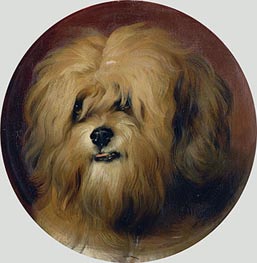
Cairnach 1842
Oil Painting
$969
$969
Canvas Print
$62.05
$62.05
SKU: LEH-7610
Sir Edwin Henry Landseer
Original Size: 31.3 x 30.2 cm
The Royal Collection, London, UK
Sir Edwin Henry Landseer
Original Size: 31.3 x 30.2 cm
The Royal Collection, London, UK
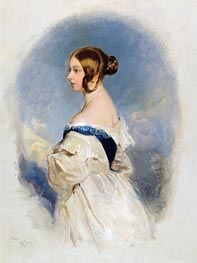
Queen Victoria 1839
Oil Painting
$1076
$1076
Canvas Print
$62.05
$62.05
SKU: LEH-7611
Sir Edwin Henry Landseer
Original Size: 40.6 x 30.5 cm
The Royal Collection, London, UK
Sir Edwin Henry Landseer
Original Size: 40.6 x 30.5 cm
The Royal Collection, London, UK
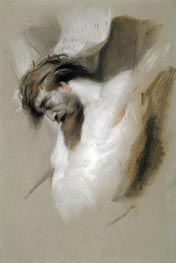
Christ on the Cross after Rubens 1840
Paper Art Print
$58.76
$58.76
SKU: LEH-7612
Sir Edwin Henry Landseer
Original Size: 44.4 x 29.8 cm
The Royal Collection, London, UK
Sir Edwin Henry Landseer
Original Size: 44.4 x 29.8 cm
The Royal Collection, London, UK
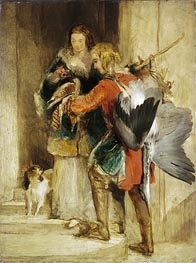
The Falcon c.1834
Canvas Print
$101.57
$101.57
SKU: LEH-7613
Sir Edwin Henry Landseer
Original Size: 66 x 49.5 cm
Fogg Art Museum at Harvard University, Massachusetts, USA
Sir Edwin Henry Landseer
Original Size: 66 x 49.5 cm
Fogg Art Museum at Harvard University, Massachusetts, USA
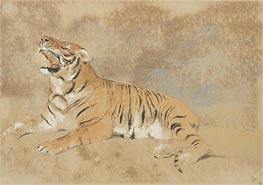
Tiger n.d.
Paper Art Print
$58.76
$58.76
SKU: LEH-7614
Sir Edwin Henry Landseer
Original Size: 17.8 x 25.2 cm
Fogg Art Museum at Harvard University, Massachusetts, USA
Sir Edwin Henry Landseer
Original Size: 17.8 x 25.2 cm
Fogg Art Museum at Harvard University, Massachusetts, USA
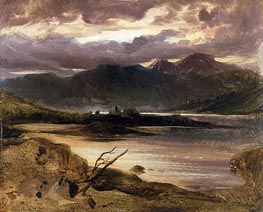
Lake Scene a.1830
Canvas Print
$65.00
$65.00
SKU: LEH-7615
Sir Edwin Henry Landseer
Original Size: unknown
Sudley House, Liverpool, UK
Sir Edwin Henry Landseer
Original Size: unknown
Sudley House, Liverpool, UK
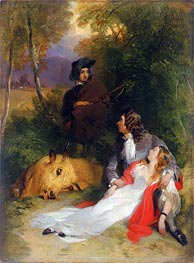
The Bride of Lammermoor a.1830
Oil Painting
$1261
$1261
Canvas Print
$62.05
$62.05
SKU: LEH-7616
Sir Edwin Henry Landseer
Original Size: 32.4 x 24.8 cm
Philadelphia Museum of Art, Pennsylvania, USA
Sir Edwin Henry Landseer
Original Size: 32.4 x 24.8 cm
Philadelphia Museum of Art, Pennsylvania, USA
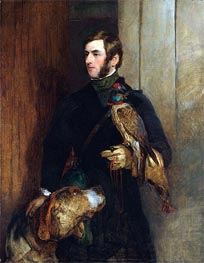
The Falconer (Portrait of William Russell) a.1830
Oil Painting
$1285
$1285
Canvas Print
$62.79
$62.79
SKU: LEH-7617
Sir Edwin Henry Landseer
Original Size: 138.4 x 110.5 cm
Philadelphia Museum of Art, Pennsylvania, USA
Sir Edwin Henry Landseer
Original Size: 138.4 x 110.5 cm
Philadelphia Museum of Art, Pennsylvania, USA
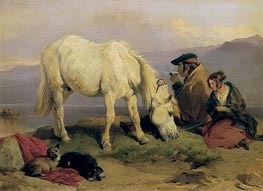
A Highland Scene c.1834
Oil Painting
$1180
$1180
Canvas Print
$62.05
$62.05
SKU: LEH-7618
Sir Edwin Henry Landseer
Original Size: 28.8 x 42.2 cm
The Wallace Collection, London, UK
Sir Edwin Henry Landseer
Original Size: 28.8 x 42.2 cm
The Wallace Collection, London, UK
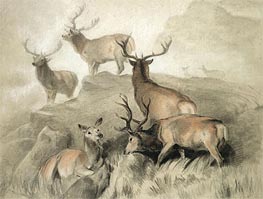
Some of the Best Harts in the Forest 1860
Paper Art Print
$58.76
$58.76
SKU: LEH-7619
Sir Edwin Henry Landseer
Original Size: 65.5 x 85 cm
Private Collection
Sir Edwin Henry Landseer
Original Size: 65.5 x 85 cm
Private Collection
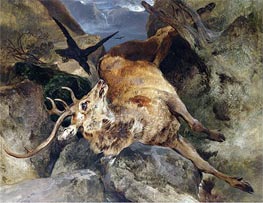
A Deer Fallen from a Precipice 1828
Oil Painting
$1266
$1266
Canvas Print
$62.05
$62.05
SKU: LEH-7620
Sir Edwin Henry Landseer
Original Size: 47 x 60 cm
Private Collection
Sir Edwin Henry Landseer
Original Size: 47 x 60 cm
Private Collection
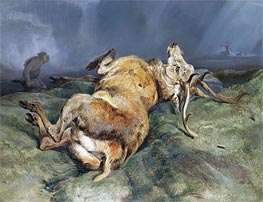
A Deer Just Shot 1828
Oil Painting
$1252
$1252
Canvas Print
$62.05
$62.05
SKU: LEH-7621
Sir Edwin Henry Landseer
Original Size: 47 x 60 cm
Private Collection
Sir Edwin Henry Landseer
Original Size: 47 x 60 cm
Private Collection
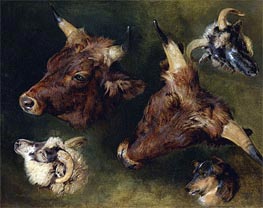
Studies of Cattle and Sheep 1868
Oil Painting
$1216
$1216
Canvas Print
$91.25
$91.25
SKU: LEH-7622
Sir Edwin Henry Landseer
Original Size: 48.2 x 60.9 cm
Private Collection
Sir Edwin Henry Landseer
Original Size: 48.2 x 60.9 cm
Private Collection
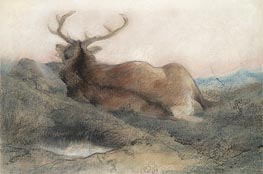
A Stag at Tarbet 1858
Paper Art Print
$58.76
$58.76
SKU: LEH-7623
Sir Edwin Henry Landseer
Original Size: 33 x 50 cm
Private Collection
Sir Edwin Henry Landseer
Original Size: 33 x 50 cm
Private Collection
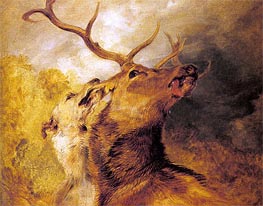
Stag and Hound n.d.
Oil Painting
$1125
$1125
SKU: LEH-7624
Sir Edwin Henry Landseer
Original Size: 43.5 x 53.3 cm
Private Collection
Sir Edwin Henry Landseer
Original Size: 43.5 x 53.3 cm
Private Collection
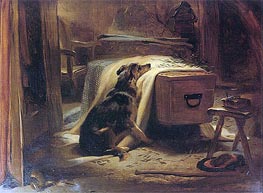
The Old Shepherd's Chief Mourner 1837
Oil Painting
$1138
$1138
Canvas Print
$62.05
$62.05
SKU: LEH-7625
Sir Edwin Henry Landseer
Original Size: 45.7 x 61 cm
Victoria and Albert Museum, London, UK
Sir Edwin Henry Landseer
Original Size: 45.7 x 61 cm
Victoria and Albert Museum, London, UK
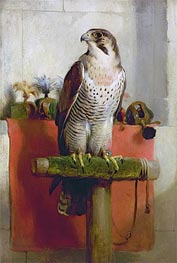
Falcon 1837
Oil Painting
$1193
$1193
SKU: LEH-13190
Sir Edwin Henry Landseer
Original Size: unknown
Private Collection
Sir Edwin Henry Landseer
Original Size: unknown
Private Collection
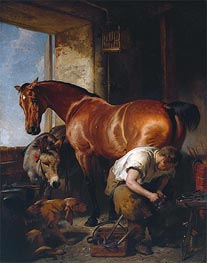
Shoeing 1844
Oil Painting
$1937
$1937
SKU: LEH-16595
Sir Edwin Henry Landseer
Original Size: 142.2 x 111.8 cm
Tate Gallery, London, UK
Sir Edwin Henry Landseer
Original Size: 142.2 x 111.8 cm
Tate Gallery, London, UK
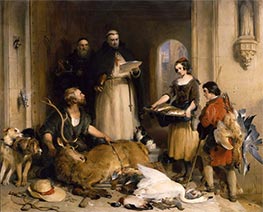
Bolton Abbey in the Olden Time c.1834
Oil Painting
$3351
$3351
Canvas Print
$75.24
$75.24
SKU: LEH-17107
Sir Edwin Henry Landseer
Original Size: 155.5 x 195.2 cm
Public Collection
Sir Edwin Henry Landseer
Original Size: 155.5 x 195.2 cm
Public Collection
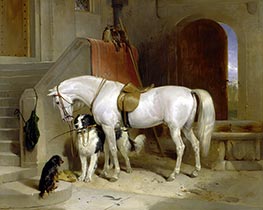
Favourites, the Property of H.R.H. Prince George ... c.1834/35
Oil Painting
$1866
$1866
Canvas Print
$75.24
$75.24
SKU: LEH-17533
Sir Edwin Henry Landseer
Original Size: 101.6 x 125.7 cm
Yale Center for British Art, Connecticut, USA
Sir Edwin Henry Landseer
Original Size: 101.6 x 125.7 cm
Yale Center for British Art, Connecticut, USA
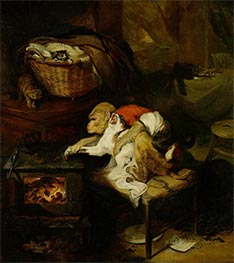
The Cat's Paw c.1824
Oil Painting
$1523
$1523
Canvas Print
$83.44
$83.44
SKU: LEH-17599
Sir Edwin Henry Landseer
Original Size: 76.2 x 69 cm
Minneapolis Institute of Arts, Minnesota, USA
Sir Edwin Henry Landseer
Original Size: 76.2 x 69 cm
Minneapolis Institute of Arts, Minnesota, USA
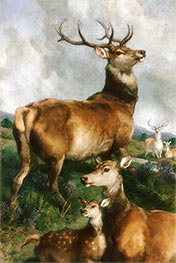
Deer of Chillingham Park, Northumberland 1867
Oil Painting
$1546
$1546
Canvas Print
$62.75
$62.75
SKU: LEH-18010
Sir Edwin Henry Landseer
Original Size: 228.5 x 155.3 cm
Public Collection
Sir Edwin Henry Landseer
Original Size: 228.5 x 155.3 cm
Public Collection
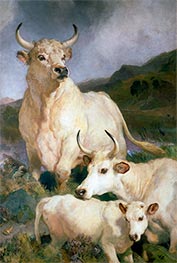
Wild Cattle of Chillingham 1867
Oil Painting
$1597
$1597
Canvas Print
$63.26
$63.26
SKU: LEH-18011
Sir Edwin Henry Landseer
Original Size: 229 x 156.3 cm
Public Collection
Sir Edwin Henry Landseer
Original Size: 229 x 156.3 cm
Public Collection
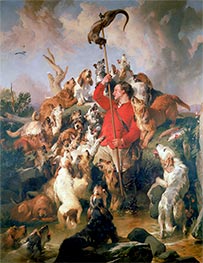
The Otter Speared, Portrait of the Earl of ... 1844
Oil Painting
$4732
$4732
Canvas Print
$72.67
$72.67
SKU: LEH-18012
Sir Edwin Henry Landseer
Original Size: 200 x 153.7 cm
Public Collection
Sir Edwin Henry Landseer
Original Size: 200 x 153.7 cm
Public Collection